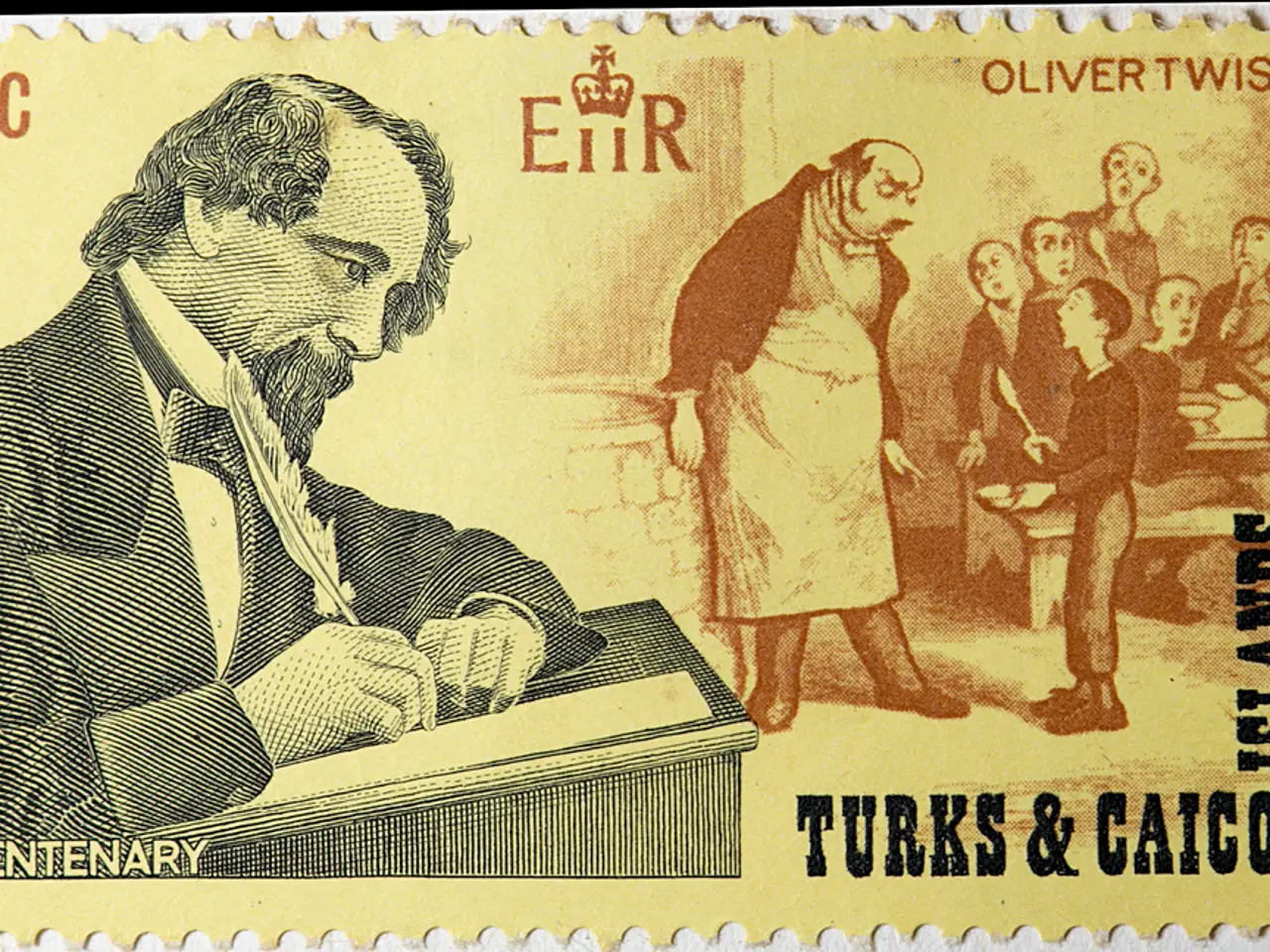The Evolution of the US Postal Service: Its Impact on Nation Building, from Benjamin Franklin to Pony Express and beyond, including the Anthrax Incident
The United States Postal Service (USPS) has a rich history that spans over two centuries, dating back to its establishment in 1775. Appointed as the first postmaster general by the Second Continental Congress, Benjamin Franklin played a pivotal role in unifying the colonies and maintaining communication during the Revolutionary War[1][3].
In the early days, mail was primarily delivered by horse-mounted carriers and stagecoaches, running along the east coast. This system helped bind the colonies together by spreading ideas of liberty, news, and pamphlets[1][2]. Franklin improved the system by making routes more efficient and implementing better accounting and inspection practices[3].
As the nation expanded westward, so did the postal routes. Mail delivery extended west via postal roads, with overland routes supplemented by sea routes around South America or via Panama, both slow and costly[2][4][5]. The increase in settlers and gold rush migrations in the mid-1800s accelerated demand for reliable mail service.
A private horseback relay system, the Pony Express, was started in 1860 to speed up mail delivery from California to Missouri. It reduced delivery time to about 10 days but was short-lived due to the telegraph and Civil War disruptions[2][4][5].
Delivery methods evolved from horseback and stagecoach to railroads, steamships, and later airplanes. The first regularly scheduled air mail service began in 1918, marking a significant modernization step[1][5].
Major changes include the Postal Reorganization Act of 1970, which transformed the Post Office Department into the United States Postal Service, an independent entity that began operations in 1971. This change aimed at increasing efficiency and modernizing operations as the mail system expanded to serve hundreds of millions of addresses[5].
Notable events throughout USPS history include the introduction of free mail delivery to homes starting in large cities in 1863, the impact and eventual obsolescence of the Pony Express, the adoption of air mail in the early 20th century, and the agency’s 250th anniversary in 2025, highlighting 250 years of continuous service through significant technological and societal changes[1][2][3].
The USPS has faced challenges over the years, including a postal workers' strike in the 1970s that led to the Postal Reorganization Act, the anthrax attacks in 2001, and adjusting to the digital age. However, it remains one of the world's largest and most extensive postal systems, continually adapting to the nation's needs.
During the COVID-19 pandemic, USPS workers were designated essential workers and donned protective gear to ensure the safe delivery of mail. Despite the rise of digital communication, the USPS continues to play a crucial role in American life, connecting people across the nation and beyond.
[1] [History.com Editors. (2010, July 21). The Pony Express. History.com. Retrieved April 10, 2023, from https://www.history.com/news/the-pony-express
[2] [National Postal Museum. (n.d.). Pony Express. National Postal Museum. Retrieved April 10, 2023, from https://postalmuseum.si.edu/ponyexpress
[3] [National Postal Museum. (n.d.). Benjamin Franklin. National Postal Museum. Retrieved April 10, 2023, from https://postalmuseum.si.edu/benjaminfranklin
[4] [National Postal Museum. (n.d.). The Mail Coach. National Postal Museum. Retrieved April 10, 2023, from https://postalmuseum.si.edu/mailcoach
[5] [National Postal Museum. (n.d.). The Postal Reorganization Act of 1970. National Postal Museum. Retrieved April 10, 2023, from https://postalmuseum.si.edu/postalreorganizationact1970
In the context of continuous personal advancement, one could pursue education and self-development by learning about the history of the United States Postal Service (USPS), detailing its evolution from horseback and stagecoach delivery to modern airmail and the Postal Reorganization Act of 1970. On the other hand, for those interested in sports and competition, the Pony Express, established in 1860, could serve as a fascinating case study showcasing the rapid delivery methods of its time, despite its short-lived existence due to the telegraph and Civil War disruptions.




